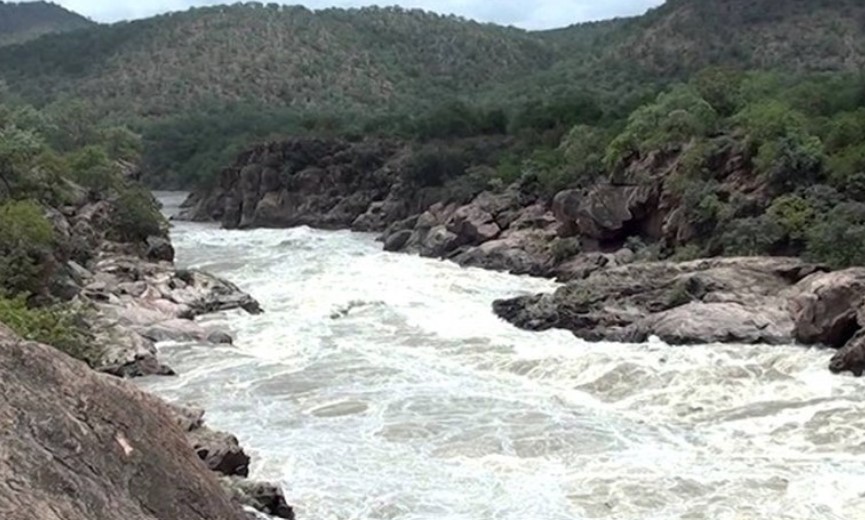ORIGIN/HISTORY:
- This is one of the 276 Devara Paadal Petra Shiva Sthalams and 23rd Shiva Sthalam on the northern bank of the river Cauvery in Chozha Nadu (Vadakarai).
- Lord Shiva in this temple is a Swayambumurthi (self-manifested).
- This is a “parihara sthalam” for doshas related to marriage.
- Kalyana Sundareswarar Temple is a Hindu Temple dedicated to Lord Shiva located in Thiruvelvikudi Village in Kuthalam Taluk in Mayiladuthurai District of Tamil Nadu. Presiding deity is called as Kalyana Sundareswarar / Manavaleswarar / Gowthageswarar and Mother is called as Parimala Sugantha Nayaki / Gowthakesi / Narunchanthu Nayagi.
- This temple is considered as one of the Pancha Krosha Sthalams of Thirumanancheri.
- This temple is considered as parihara sthalam for marriage related doshas.
- This temple is considered as one of the shrines of the 276 Paadal Petra Sthalams glorified in the early mediaeval Thevaram hymns.
- This temple is the 77th Devara Paadal Petra Shiva Sthalam and 23th sthalam on the north side of river Cauvery in Chozha Nadu.
- This temple is sung by Thirugnana Sambandar and Sundarar along with the praise of Kuthalam Ukthavedeeswarar Temple in their hymns.
PURANIC SIGNIFICANCE:
Thiruvelvikudi:
- Once, Lord Shiva and Mother Parvathi were playing the game of dice in Kailash. Lord Shiva purposely made goddess Parvathy to win each game.
- Overwhelmed with the joy, she became arrogant and had excessive pride in her success.
- On seeing her arrogance, Lord Shiva cursed to be born as a cow on earth.
- She was born as a cow in Therazhundur and Lord Vishnu became her cowherd.
- She in the form of a cow worshipped Lord Shiva at Thirukozhambam.
- She hit the Shiva Linga mistakenly and its hoof mark can be seen on the Linga at Thirukozhambam.
- Goddess Parvathy in the form of a cow came to Thiruvaduthurai and worshipped Lord Shiva for relief.
- Pleased with her worship, Lord Shiva restored her back to original form.
- Goddess Parvathy also wanted to marry Lord Shiva in an earthly marriage with all religious rites on the earth.
- At the same time, Sage Bharatha performed Putra Kameshti Yagna at Thiruthuruthi for child boon.
- In order to fulfil her wish, Lord Shiva made goddess Parvathy to appear in the form of a child from the Yagna Kunda.
- Sage Bharatha raised her as his own daughter.When she attained the marriageable age, the sage was worried about finding a suitable groom for her.
- Sage Bharatha prayed to Lord Shiva in finding a suitable groom for her.
- Lord Shiva appeared in his dream and assured him that he would marry her and also revealed to the sage that she is none other than Goddess Parvathy.
- Sage Bharatha was overwhelmed with joy and made the arrangements for the divine marriage.
- Sage Bharatha received his son in law at Ethirkolpadi.
- The Yagna (Velvi) for the wedding ceremony was held at this place.
- As the Velvi was held at this place, the place came to be called Thiruvelvikudi.
- Lord Brahma is believed to have performed the rituals of the divine marriage.
- Lord Shiva tied the Ganganatharanam on the left hand to Goddess Parvathi.
- Hence, this place came to be called as Gouthugabandhana Kshetram.
- The earthly marriage of Lord Shiva and Goddess Parvathy took place in Thiruvelvikudi.
- The divine couple came after their wedding to Thirumanancheri and granted their wedding darshan to everyone at Thirumanancheri.
Thirumanancheri KalyanaSundareswarar:
- Once, a prince was engaged to a princess here, but her parents died just before the marriage.
- Her relatives cancelled the marriage.
- The prince prayed to Lord Shiva for help. Lord Shiva sent a Bhoodagana, brought the princess and solemnised their wedding at this temple.
- Hence, Lord Shiva came to be called as Kalyana Sundareswarar.
Birthplace of Ardhanareeswarar cult:
It is believed that Tiruvelvikudi was the place where Lord Shiva offered half of himself to goddess Parvathi and took the form of Ardhanareeswarar. Thus, Tiruvelvikudi is considered as the birthplace of the Ardhanareeswarar cult.
Sundarar got cured of his disease here:
As per legend, Saint Sundarar was afflicted with an incurable disease. He came here, took a bath in Agni theertham and got his disease cured.
Sage Agastya worshipped Lord Shiva here to get relief from the sin of killing Vatapi:
As per legend, Sage Agastya was afflicted with the sin of killing the demon Vatapi. He came here, worshipped Lord Shiva and got relieved from the sin.
ADMINISTRATION:
The Kalyana Sundareswarar Temple in Thiruvelvikudi, located in the Mayiladuthurai district of Tamil Nadu, is an important pilgrimage site with a rich history and significance in Hindu tradition. The temple is administered by the Tamil Nadu Hindu Religious and Charitable Endowments (HR&CE) Department, which oversees the maintenance, rituals, and activities of the temple.
.jpg)

